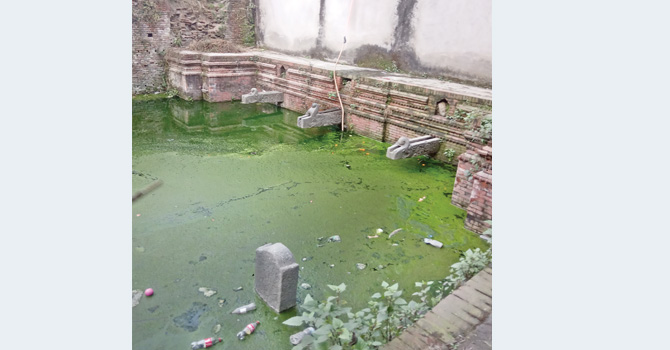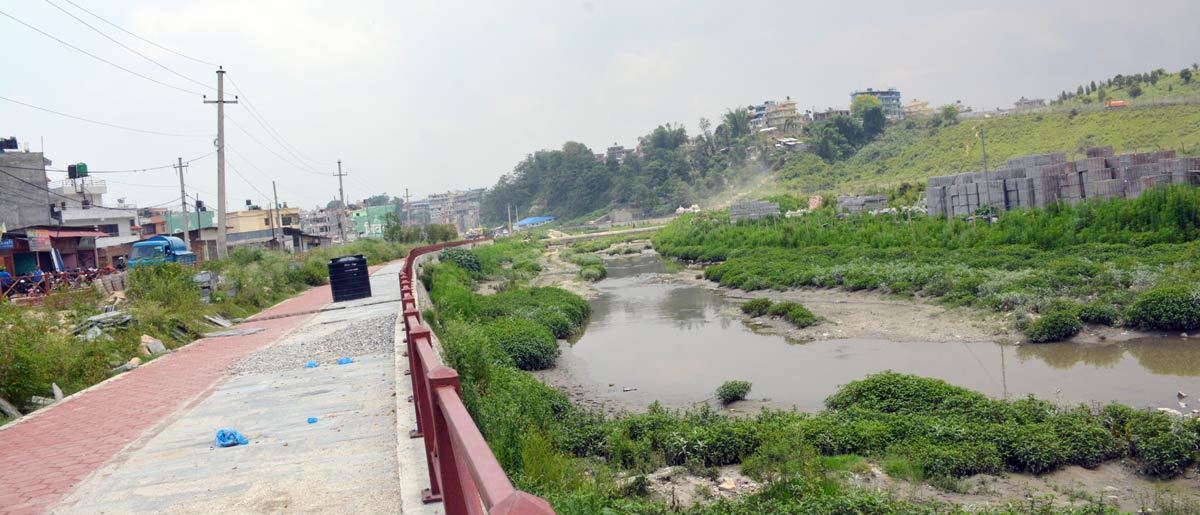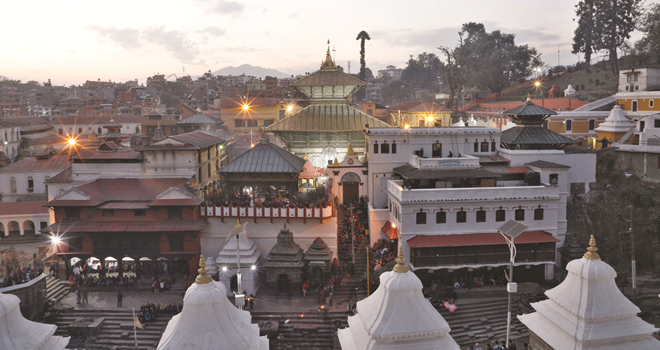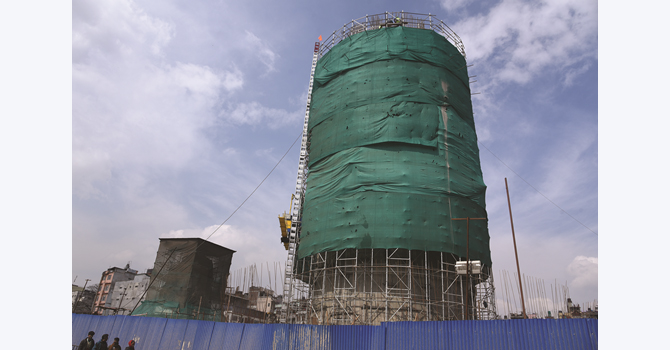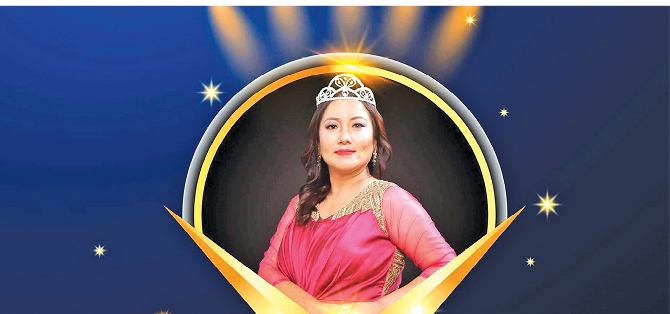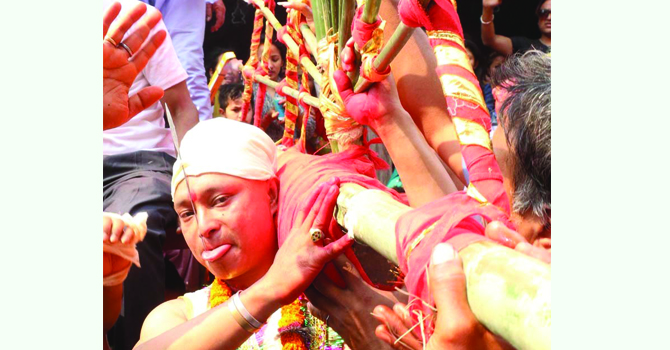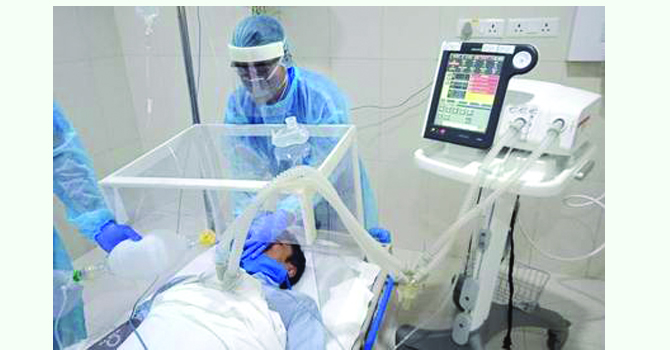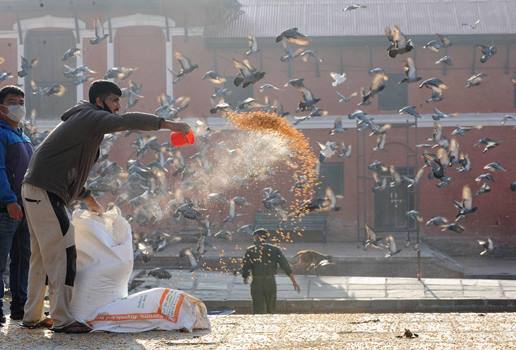Despite ban, sex-selective abortion continues
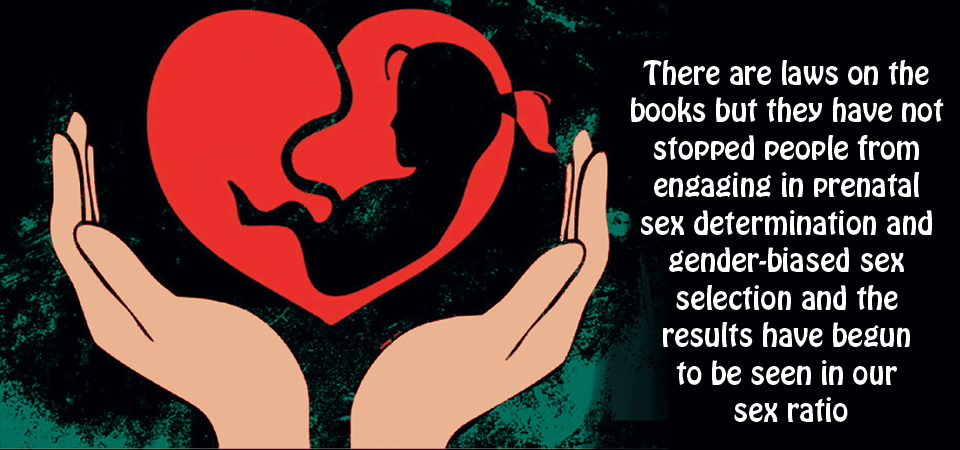
By Binu Shrestha
Kathmandu, Dec. 13: Namrata Manandhar (name changed), a 35-year-old woman from Sankhu, had two pregnancies terminated because her family wanted a son. On occasions, she and her husband went to the hospital, ascertained the sex of the foetus (which is illegal in Nepal) and aborted it when they found out it was a girl. Finally, in her sixth pregnancy (Namrata gave birth to three daughters and aborted two more), she conceived a son.
Binda Thapa (name changed) of Sifal, who is currently eight weeks pregnant, also shared how she felt pressured to bear a male child. Her family has already forced the mother of two daughters to terminate two pregnancies after finding out their sex.
Similarly, Prabin Shrestha (name changed) of Sankhu, father of two daughters, made sure he had a son the third time around by going the way of in-vitro fertilisation (IVF).
Shrestha and his wife are both educated and hold jobs that are considered well above decent by social standards. Yet, the prospect of having a third daughter or stopping at two children without a son was too much to bear.
“I could not take the ‘risk’ of having a third daughter. So, I chose IVF to make sure my next child was a boy. It was a good option and I could afford it too,” he said, adding, “Everyone in the family wanted a son because of the social belief that [only] the son carries the lineage and takes care of the parents in their old age.”
The pressure women face to give birth to sons and terminate daughters can be overwhelming. Sex selective abortion is illegal and punishable by law in Nepal. Yet, that has not stopped individuals and families from identifying and aborting female foetuses.
It is no secret that people in Nepal prefer sons over daughters. Various factors like perception of financial and social security in the old age, the Hindu funeral rites which can only be performed by sons, shrinking family sizes (people these days want to have fewer children and they want them to be sons) and patriarchy in general cause people to want boys. And this desire leads many towards foeticide.
The results of this sex preference are visible in Nepal’s sex ratio. The ‘expected’ sex ratio at birth, as defined by the World Health Organisation (WHO), is around 105 males per 100 females. In Nepal, as per the national census of 2011, the number of males born exceeded 105 in 11 districts of Terai and the hills.
The sex ratio in Arghakhanchi was 127 males per 100 females; in Bhaktapur, it was 123 males per 100 females and in Kaski, it was 117 to 100. Similarly, the sex ratio in Palpa stood at 115 to 100; in Kathmandu and Lalitpur, it stood at 114; in Kanchanpur and Rupandehi, it was 113 to 100 and in Gulmi, Jhapa and Saptari, it stood at 111 to 100, as per the 2011 census.
This number is a nearly fourfold increase from the past decade. In 2001, only three districts had such a skewed sex ratio.
A detailed analysis published in the British Medical Journal (BMJ) Open in March of this year showed that around 22,540 girls had been aborted in the five years before the 2011 census. Drawing on census data from 2011 and follow-on survey data from 2016, the study estimated that roughly one in 50 girl births were ‘missing’ from records (had been aborted) between 2006-11. In the year before the census, that number was assumed to have risen to one in 38.
Another study conducted by the Centre for Research on Environment Health and Population Activities (CREHPA) in 2017 had reported that around 89 per cent of pregnant women who had previously had two or more daughters expressed a strong desire for a son and 73 per cent of those with one daughter expressed a wish to have a male child.
The role of declining fertility rate is also to be noted in sex-selective abortion. The average fertility rate, that is, the average number of children per woman, in Nepal was 4.1 in 2001, according to the Nepal Demographic and Health Survey. In 2016, it was 2.3.
Today, the norm is to have smaller families and select sons over daughters, made possible by the availability of medical technology, stated a CREHPA report which also noted that female foeticide was more prevalent among relatively rich, educated, urban women and in areas bordering India.
The record of live births maintained by the Paropakar Maternity and Women’s Hospital, the largest maternity hospital of Nepal commonly known as the Prashuti Griha, also show that there were more male children born at the hospital, 11,519, in the fiscal year 2020/21 than female, 10,183.
“There are laws on the books but they have not stopped people from engaging in prenatal sex determination and gender-biased sex selection and the results have begun to be seen in our sex ratio,” said Dr. Sumitra Gautam, medical superintendent of Bhaktapur Hospital.
On the other hand, repeat abortions and unsafe pregnancy terminations also deteriorate the health of women. “Abortion is a risky procedure. We have many women come to the hospital with health problems caused by the unsafe abortions they underwent in private establishments,” she informed.
Dr. Gautam, who has worked in many hospitals in many districts of the country, told The Rising Nepal that many women approached her for sex determination and abortion when she was at the Mirchaiya Hospital in Siraha.
“I have always denied any and all such requests because I am totally against the practice of sex identification. Nevertheless, we cannot deny that despite the ban on such practices, they do happen in the country,” she said.
Gautam confirmed that nobody visited Bhaktapur hospital for sex recognition but that was because the “facility is available at nearly every doorstep in the Kathmandu Valley.” She added, “Some private doctors and hospitals have even gained ‘fame’ as the go-to persons and institutions for sex-selective abortions.”
Public Health Specialist Dr. Laxmi Tamang also asserted that medical personnel held some responsibility for the prevalence of the practice. “It is not valid to only blame people for cases of sex-selective abortion. Doctors are also responsible.”
She said that the easy and widespread availability of prenatal of sex determination technology enabled doctors to reveal the sex of the foetus and private hospitals to carry out abortions, despite all of this being illegal.
“If the technology was not so ready available, people wanting a son would bear more children, thus maintaining the overall gender balance,” Tamang said.
According to some medical professionals, working as gynaecologists and obstetricians of private clinics and health institutions in the Kalimati, Baneshwor and Putalisadak areas, who The Rising Nepal talked to and who asked to remain anonymous, they are well known for sex-selective abortion.
Abortion was legalised in Nepal in 2002 and as per the Right to Safe Motherhood and Reproductive Health Act 2018, it is only legal to abort a foetus until the 12th week of uterine gestation for any reason and up to the 28th week if the pregnancy resulted from rape or incest, if the life of the pregnant woman or her physical or mental health is in danger or the child may be born with a disability. Abortion after sex identification is prohibited.
“However, lack of regular monitoring and inspection by the authorities allows private institutions to flout this law with minimal consequences,” Tamang said, worrying that it could lead to a serious gender disparity in the country.
The literate and educated class have made use of technology to determine and abort baby girls because of a lack of knowledge about the future implications of gender implications, said Dr. Mahesh Puri, co-director of CREHPA.
“Mass campaigns need to be conducted to make people aware about the consequences of their actions,” he said, adding, “They need to know that gender imbalance will lead to an increase in violence, rape, kidnapping, women and girl trafficking and prostitution, among other anti-social and criminal activities.”
The Ministry of Health and Population recently introduced a 10-year national policy to end discriminatory sex determination and control gender imbalance due to sex-selective abortion. Under this policy, it has brought six plans, six strategies and three-tier implementation management approach to eliminate discriminatory sex determination in the country by 2030.
Recent News

Do not make expressions casting dout on election: EC
14 Apr, 2022
CM Bhatta says may New Year 2079 BS inspire positive thinking
14 Apr, 2022
Three new cases, 44 recoveries in 24 hours
14 Apr, 2022
689 climbers of 84 teams so far acquire permits for climbing various peaks this spring season
14 Apr, 2022
How the rising cost of living crisis is impacting Nepal
14 Apr, 2022
US military confirms an interstellar meteor collided with Earth
14 Apr, 2022
Valneva Covid vaccine approved for use in UK
14 Apr, 2022
Chair Prachanda highlights need of unity among Maoist, Communist forces
14 Apr, 2022
Ranbir Kapoor and Alia Bhatt: Bollywood toasts star couple on wedding
14 Apr, 2022
President Bhandari confers decorations (Photo Feature)
14 Apr, 2022


